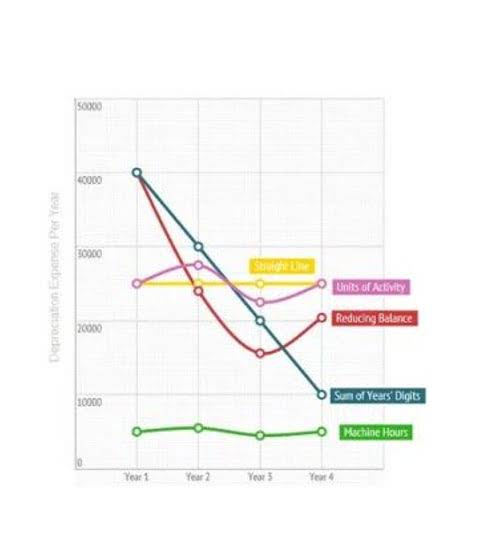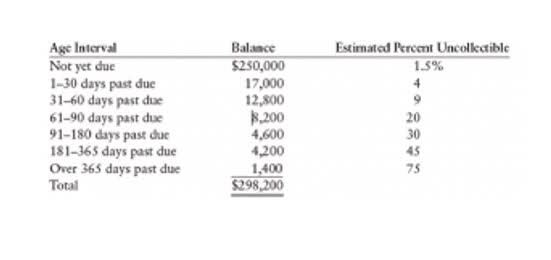
The $700 prior period correction is reported as an adjustment to beginning retained earnings, net of income taxes, as shown in Figure 14.14. A common cause of a residual balance on your opening balance equity account is incorrect bank reconciliation adjustments, which result in an opening https://www.bookstime.com/ balance. When performing a bank reconciliation, make certain that the bank statement balances transaction accounts for uncleared bank checks and other factors. Now your business is taking off and you’re starting to make a healthy profit which means it’s time to pay dividends.

Common mistakes to Avoid
They make sure that the assets of a company match its liabilities and equity. In case of a lingering balance, it can lead to incorrect bank reconciliation adjustments. That is why an accountant should make sure that the bank reconciliation is adjusted to zero before the completion of the period. For example, if you have an asset account like a checking account, and a balance of $50 is added to accounting software, then the other account must be provided $50 to make your balance sheet balanced. If you want to adjust the opening balance of the bank account, the balance will be set to $50 temporarily.

You have errors in the previous period

Jami has collaborated with clients large and small in the technology, financial, and post-secondary fields. Make your balance sheet look more professional and clean by clearing the balance in this account and bringing it to zero. In reality, the purchase will have depleted the available cash in the company. As a result, the firm will be less able to pay a dividend than before the purchase was accomplished.
Opening Balance Equity vs Retained Earnings Account
Between 1995 and 2012, Apple didn’t pay any dividends to its investors, and its retention ratio was 100%. But it still keeps a good portion of its earnings to reinvest back into product development. When you have a new vendor or customer entry with value balances, then you can create an opening balance equity account. The amount of money whether positive or negative at the beginning of the accounting period refers to the opening balance of an account.
- At the beginning of a new accounting period, such as a new month or year, you typically have account balances from the previous period, representing the financial position of your business at the end of it.
- This number is generated when there are unbalanced transactions in the previous term’s balance sheet.
- So, it is important to understand the root cause of opening balance equity accounts and resolve the issue to ensure the accuracy of your balance sheets.
- Click here for a free trial of the FreshBooks bookkeeping and accounting services now.
- But before we get there, let’s recall what opening balances are, as they, as you can see, relate to the OBE occurrence.
- The appropriation simply designates a portion of the company’s retained earnings for a specific purpose, while signaling that the earnings are being retained in the company and are not available for dividend distributions.
A company’s management team always makes careful and judicious decisions when it comes to dividends and retained earnings. Retained earnings (RE) are created as stockholder opening balance equity vs retained earnings claims against the corporation owing to the fact that it has achieved profits. However, U.S. GAAP is not the only full accrual method available to non-public corporations.
Retained earnings are important because they can be used to finance new projects or expand the business. Reinvesting profits back into the company can help it grow and become more profitable over time. A second situation in which an adjustment can be entered directly in the RE account and, in this way, bypass the income statement is in the context of quasi-reorganization. It generally limits the use of the prior period adjustment to the correction of errors that occurred in earlier years. Many firms restate (or adjust) the balance of the retained earnings (RE) account as they record the effects of events that have their origins in earlier reporting periods. To naïve investors who think the appropriation established a fund of cash, this second entry will produce an apparent increase in RE and an apparent improved ability to pay a dividend.
Management and Retained Earnings
A statement of retained earnings for Clay Corporation for its second year of operations (Figure 14.12) shows the company generated more net income than the amount of dividends it declared. The statement of retained earnings is one of four main financial statements, along with the balance sheet, income statement, and statement of cash flows. In that case, the company may choose not to issue it as a separate form, but simply add it to the balance sheet. It’s also sometimes called the statement of shareholders’ equity or the statement of owner’s equity, depending on the business structure. As a business evolves, it may need to create new accounts to reflect changes in its operations or to improve financial reporting. When these new accounts are established, it is necessary to adjust the Opening Balance Equity to allocate the correct starting balances.
- This gives you the amount of profits that have been reinvested back into the business.
- It is hard to know the increase in retained earnings for any given year unless one looks at the balance sheet for the previous period.
- Non-cash items such as write-downs or impairments and stock-based compensation also affect the account.
- Between 1995 and 2012, Apple didn’t pay any dividends to its investors, and its retention ratio was 100%.
- As soon as you start setting your asset accounts with opening balances in the chart of accounts, QuickBooks will put the equal balance amounts to this account to offset them and, this way, balance the equation.



